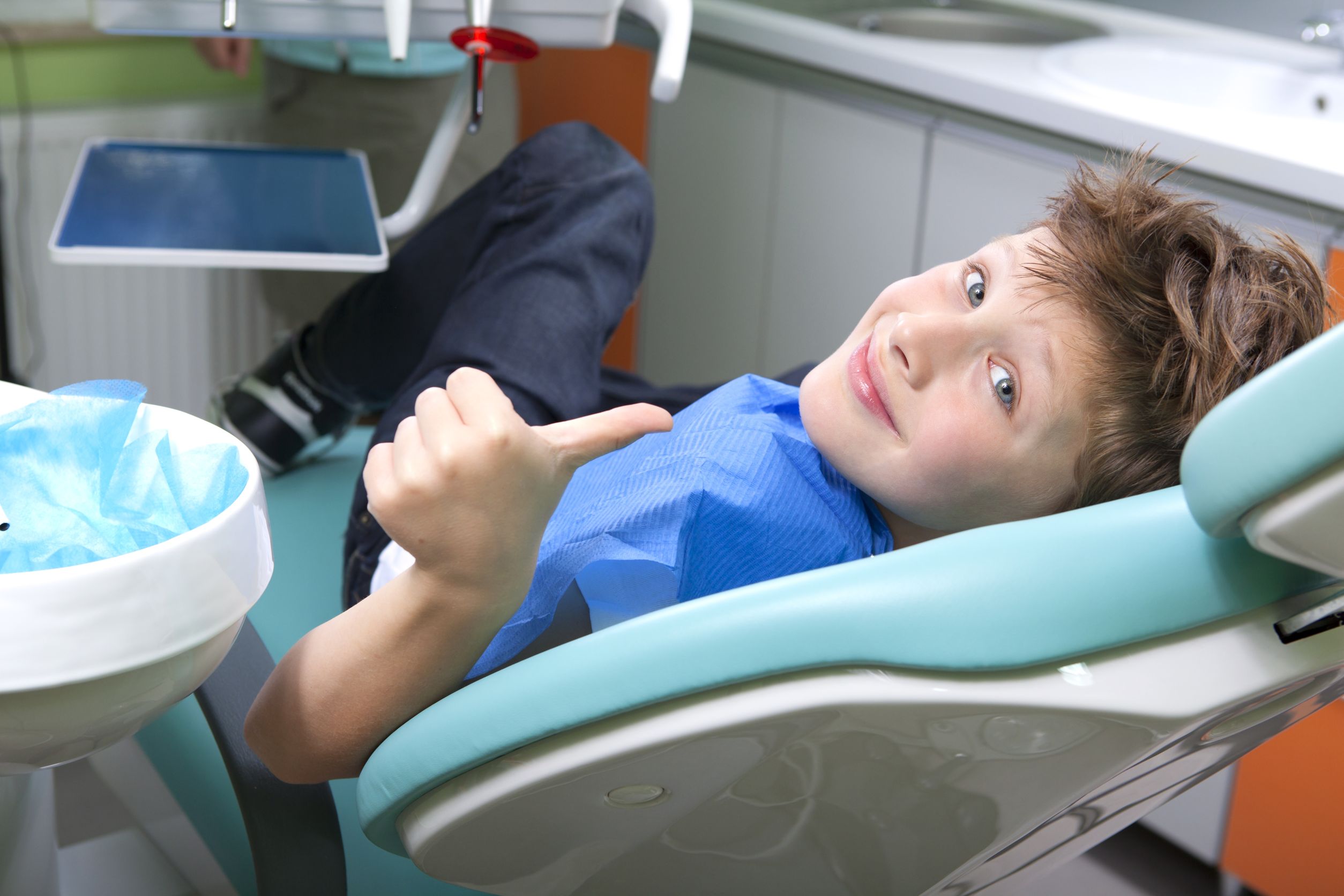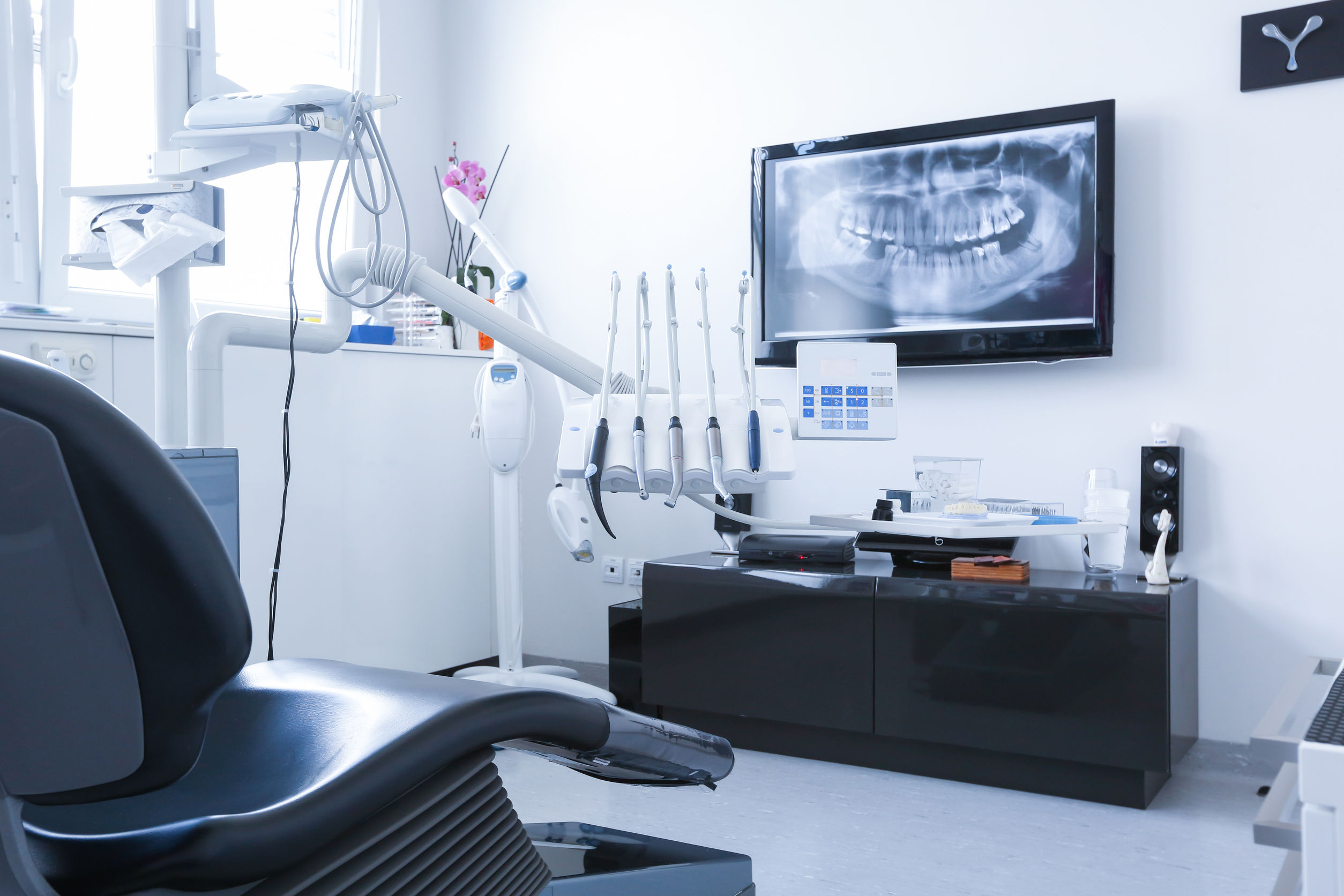In fact, the red and white striped barber pole we’ve all seen originates from this. The red represented blood and the white represented bandages. You could get your hair cut and a tooth pulled in the same visit by someone who likely had no formal education.
Thankfully, what was convenient back then is no longer practical (or legal) now. Times have changed — and dental offices are keeping up.
Patient Comfort Technology
While most minor dental procedures are painless, some people have trouble dealing with fingers and instruments in their mouths. You’d be surprised to learn how many people deal with overactive gag reflexes and anxiety.
Your dentist and hygienist are there to help you. They will want you to be as comfortable as possible and will do whatever they can to accommodate you. An intraoral camera or caries detection pen helps dentists find areas of decay, well before it would be visible to the naked eye.
To find out more about this device, refer to the DIAGNOdent pen website, which outlines how it is used and shares safety information.
This is not to say that x-rays are no longer needed, but this device can lessen the need for your dentist to prod your teeth with sharp instruments. If your x-rays are unclear, your dentist would usually take more, which might not be covered under your plan. This device can prevent that from being necessary.
In terms of your overall comfort, many dental offices are adding in-chair entertainment systems. You can watch television while your teeth are being cleaned. (A much better option than getting a haircut!) These entertainment systems are especially helpful for children.

Advances in Dental Record Keeping
Depending on your age, you may remember seeing big folders filled with paper that the dental assistants maintained. Those were patient records! Nowadays most dental offices don’t even have a filing room anymore because all records are kept on computers.
Most businesses are “going green” and using less paper. Dental offices are no exception. By keeping your dental records on computers, they can keep track of your history, and help you determine your eligibility for services under your insurance plan.
In this virtually paperless world, you no longer need to pay your dental office up front and then send the paperwork to your insurance company. Your dental claims can be sent straight to your insurance company via an electronic interchange program.
Many dental offices also participate in Assignment of Benefits, accepting payment directly from your insurance company. Your plan may cover a percentage of your dental costs, and you will be responsible for the remaining amount.
Enhancements in Dental Procedures
Going back to the barber-dentist discussion, many years ago dentistry was a painful experience. Obviously the technology wasn’t there, and the most common treatment for a dental problem was to pull the tooth out. Thanks to technological advancement, this is no longer the case.
Using silver for filling cavities is becoming more and more obsolete. While tooth-coloured enamel has been around for quite a few years, and the methods have been improved. Most dentists rely on using a laser to fill teeth. Not only is this more precise, it’s also much faster.
There are also more options available to treat damaged teeth than ever before. The removal of a tooth is a worst-case scenario; your dentist will likely be able to save it instead.
Crowns, bridges, dentures and other major services always require an estimate to determine your eligibility for coverage. Years ago, these were subject to the archaic mail system, but today your dental office can just send an estimate electronically.
Computers have opened up so many possibilities. Your dentist can now use one to help make molds for dental appliances. There’s less reliance on labs with the advent of 3-D printers as well. Thanks to computer-aided design and manufacturing equipment, crowns and dentures can sometimes even be made in the office.
One of the most notable advances in modern dentistry are implants, which are basically false teeth implanted right into the gums. Many plans exclude implantology, so be sure to send an estimate well in advance.
There have been a lot of improvements in the world of dentistry, so it may be more comfortable and more effective than you recall. If it’s a lack of dental insurance that has been holding you back from putting your best smile forward, it’s time for you to give us a call. Let’s fix that today.




